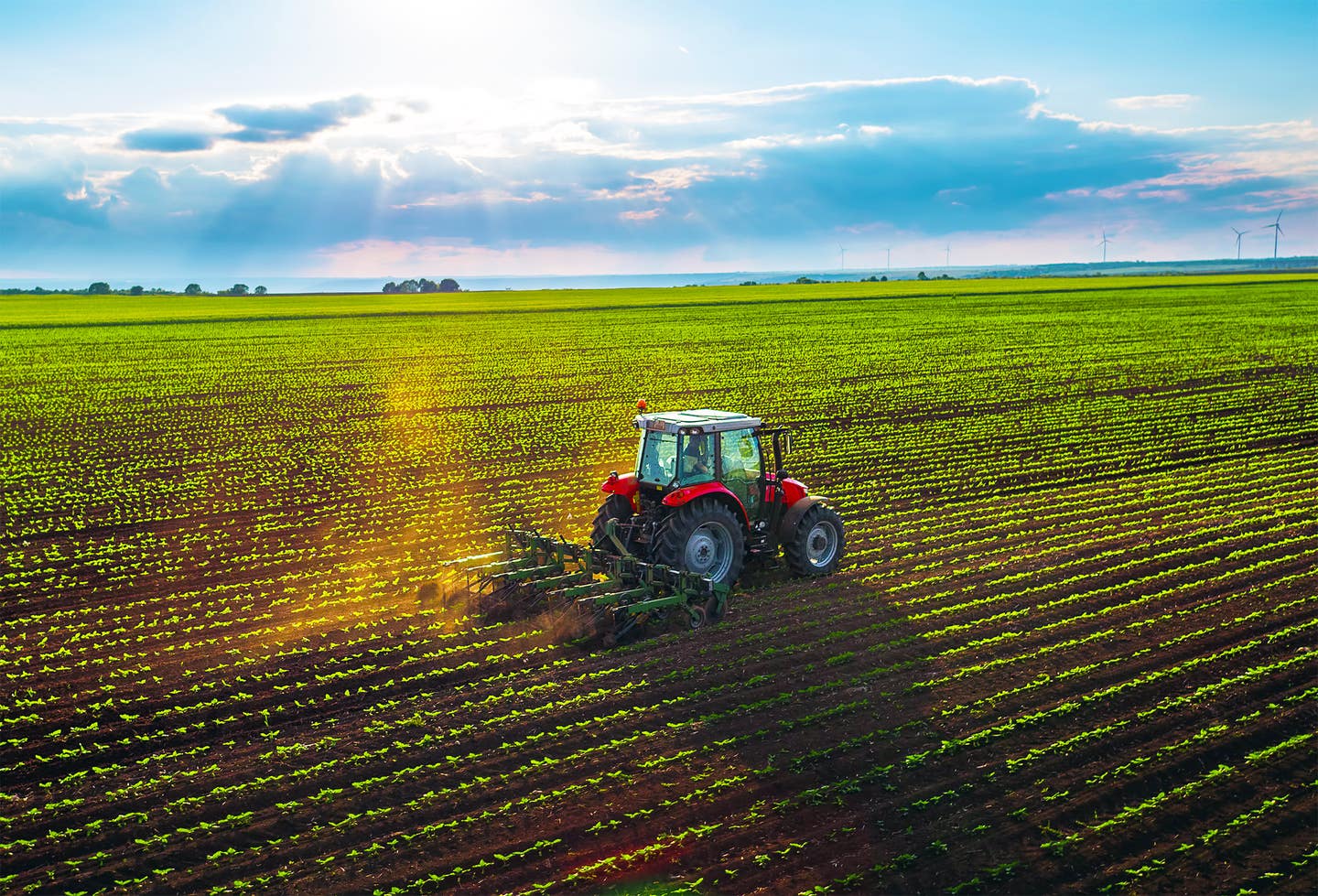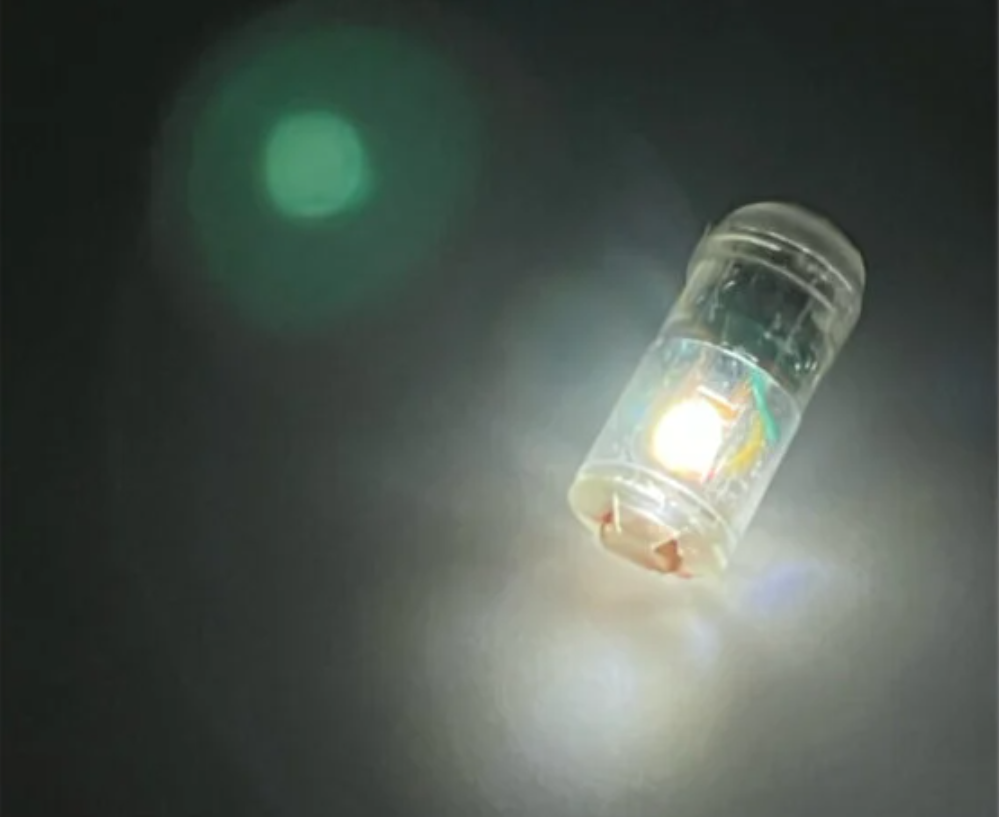Adding Crushed Volcanic Rock to Cropland: The Unexpected Solution to Climate Change
In the fight against climate change, scientists are continuously searching for innovative solutions to reduce our carbon footprint.

[Oct. 31, 2023: Staff Writer, The Brighter Side of News]
In the fight against climate change, scientists are continuously searching for innovative solutions to reduce our carbon footprint. (CREDIT: Creative Commons)
In the fight against climate change, scientists are continuously searching for innovative solutions to reduce our carbon footprint. One such solution that has shown promise in recent studies is quite unexpected: crushed volcanic rock.
In an extensive field study, researchers have discovered that adding this rock to croplands could play a significant role in removing carbon dioxide from the atmosphere.
The Science Behind It
Rain naturally captures carbon dioxide from the air. When it comes into contact with volcanic rock, a process known as rock weathering occurs. During this process, the carbon dioxide reacts with the rock, resulting in the carbon being "locked up" or stored. However, on its own, this process can take millions of years, making it impractical for offsetting the rapid pace of global warming we are currently experiencing.
Related Stories:
To accelerate this process, scientists at the University of California, Davis, and Cornell University have been exploring a technique called "enhanced" rock weathering. By crushing volcanic rock into fine dust and spreading it over croplands, this process can potentially store up to 215 billion tons of carbon dioxide over the next 75 years if adopted worldwide.
"These reactions require water," explained lead author Iris Holzer, a doctoral candidate in soils and biogeochemistry at UC Davis. "We're interested in the global carbon storage potential of enhanced weathering, so we need to understand if it works in drier climates."
A Field Test in Drought-Stricken California
Until now, this technique hadn't been tested in dry environments, which raised questions about its feasibility. To explore this, researchers chose California as their field testing ground due to the state's ongoing extreme drought conditions.
UC Davis researchers find adding crushed volcanic rock to farmlands can remove carbon dioxide from the air. This 'enhanced' rock weathering works even in dry climates. (CREDIT: Amy Quinton/UC Davis)
During the winter of 2020-2021, the team applied crushed volcanic rock, specifically metabasalt and olivine, to 5 acres of unused cornfield in the Sacramento Valley. Throughout this period, California's rainfall was just 41% of its historical average, which provided the perfect conditions to test the technology's effectiveness in a dry environment.
The results were promising. Plots with crushed rock stored 0.15 tons of carbon dioxide per hectare (2.47 acres) during the study, compared to those without. To put that into perspective, if all California croplands adopted this method, the carbon savings would equate to taking a staggering 350,000 cars off the road annually.
A spreader unloads crushed metabasalt rock on a fallowed corn field in the Central Valley. (CREDIT: Amy Quinton/ UC Davis)
As climate change continues to advance, vast drylands, which currently cover 41% of Earth's land surface, are expected to expand. This highlights the urgency of studying enhanced rock weathering in these environments.
"Our study demonstrates a new way to verify carbon dioxide removal via enhanced weathering," commented senior author Benjamin Z. Houlton from Cornell University. "This is crucial for scaling this technology in croplands worldwide."
Experimental design and lysimeter installation locations. Lysimeters were installed at the depth of crushed rock incorporation (15 cm) and adjacent to the drip tape (30 cm). (CREDIT: Dr Bonnie McGill)
However, as with any new technology, challenges remain. Holzer emphasized the importance of measuring and verifying carbon storage on larger scales and tracking it over time.
This groundbreaking research was a combined effort, involving not only academic experts but also key partners. Funding was generously provided by the California Strategic Growth Council and the Grantham Foundation, among others. Moreover, aggregates and mining company SGI donated the crushed metabasalt rock used in the study.
With the increasing urgency to address climate change, innovative solutions like enhanced rock weathering offer hope. As research continues and the technology develops, it's possible that our croplands could play a pivotal role in reducing global carbon emissions.
For more science and technology stories check out our New Discoveries section at The Brighter Side of News.
Note: Materials provided above by the The Brighter Side of News. Content may be edited for style and length.
Note: Materials provided above by the Western Sydney University. Content may be edited for style and length.
Like these kind of feel good stories? Get the Brighter Side of News' newsletter.



